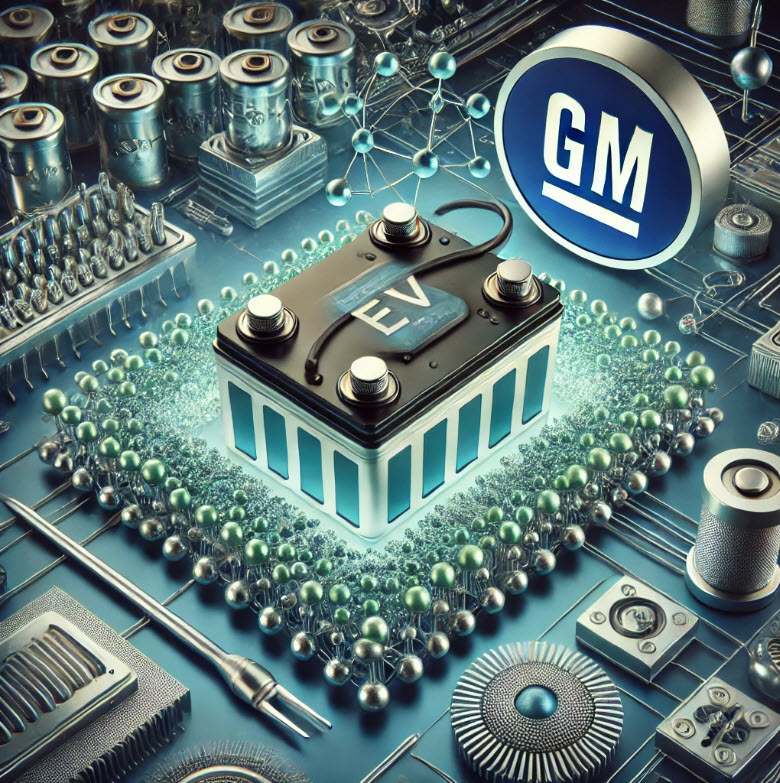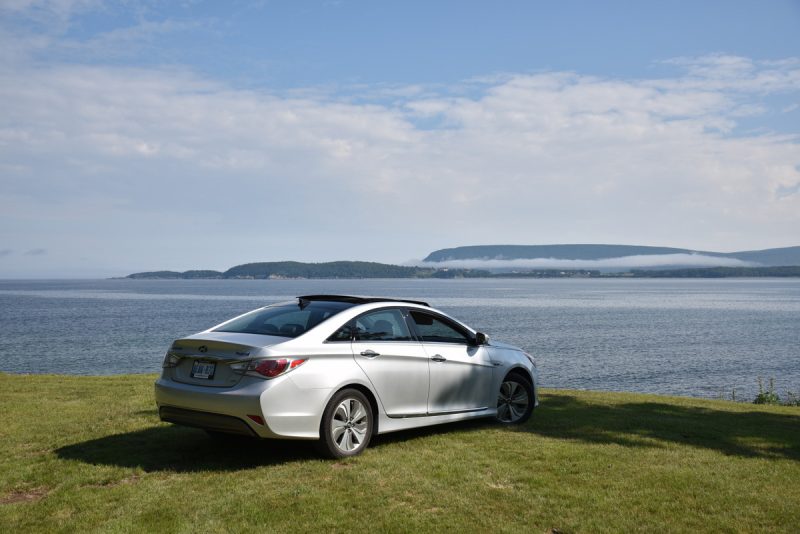
GM Ventures, the investment arm of General Motors, has committed $10 million to Forge Nano, a company specializing in Atomic Layer Deposition (ALD) technology. Forge Nano’s ALD platform, branded as Atomic Armor, applies nanoscale coatings to enhance the performance of materials such as graphite, silicon, and nickel alloys, which are critical for battery efficiency. Beyond EV batteries, the technology finds use in sectors including semiconductors, magnetic components, and pharmaceuticals. This funding builds on Forge Nano’s $50 million Series C round in June 2023.
Continue reading “GM Invests $10M in Forge Nano’s EV Battery 3D Printing Tech”

